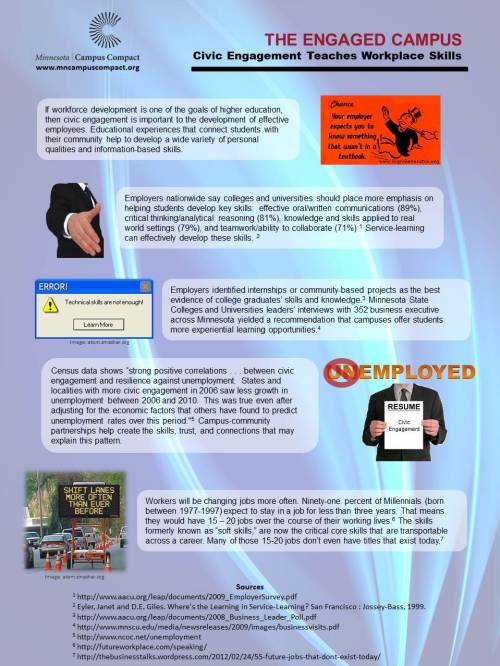By Tristan Richards
“As a citizen, I have the responsibility to act,” said Junior Management and Communication Studies major Blia Xiong. This is what she learned from Public Discourse, a 100-level course in the Department of Communication Studies at Gustavus Adolphus College. Public Discourse challenges students, who are often first-years, to identify a problem in their community, research it fully, and take action to address that problem. They are encouraged to choose an issue that they are passionate about. Students spend an entire semester working on one intensive project, learning about citizenship along the way.
In 2007, Public Discourse replaced a Public Speaking course which used to be a requirement for the Communication Studies major. Leila Brammer, Professor of Communication Studies and Gender, Women, and Sexuality Studies said, “We thought we could do a better job teaching argument—particularly practical public argument—that [students] could use in the real world.”
The Department of Communication Studies spent a year discussing alternatives  and structuring what later became Public Discourse. “Public speaking is about citizenship, and it always has been […] so we really wanted to find that foundation again,” Brammer said. “We stepped back and said, ‘So when do citizens engage in a community? When do they engage in ways that are really useful in helping them develop skills, but also for the community?’ and we realized it’s when people are passionate,” Brammer said.
and structuring what later became Public Discourse. “Public speaking is about citizenship, and it always has been […] so we really wanted to find that foundation again,” Brammer said. “We stepped back and said, ‘So when do citizens engage in a community? When do they engage in ways that are really useful in helping them develop skills, but also for the community?’ and we realized it’s when people are passionate,” Brammer said.
The faculty decided that they wanted to channel that kind of passion into students’ own communities, so they came up with the civic engagement portion of the class. Students work directly with leaders in their home (or Gustavus) communities to find ways to address whichever problem they choose. Instead of writing and giving many speeches about unrelated topics, students now work on the same project all semester, relating each presentation to a different stage or piece of their project.
Since switching courses, research completed in the department has shown that students develop better argument skills, speaking skills, group interaction skills, interpersonal skills, and communication skills in general. They are more confident in asking questions in large group settings and more likely to participate in class discussions, and, anecdotally, they become better writers. Beyond these skills though, students come out of the class feeling empowered. “They really come out believing that they can make a difference in the world,” said Brammer.
Junior Spanish and Secondary Education major Laura Flicek took Public Discourse as a first-year student at Gustavus, after shadowing an ELL teacher at St. Peter High School during January Term. “I really enjoyed it but I also saw how much those kids struggle on a day to day basis,” Flicek said. “[ELL students] were thrown into the mainstream classes and expected to do just as well as the American students.” In order to address this issue, she started a program through Study Buddies where Gustavus students tutor ELL students at the high school.
Before students take action, though, there is extensive background work happening. Public Discourse students spend the first half of the semester researching their topics, before ever taking action. “That research process isn’t just about supporting your argument and finding the best available evidence. It’s also about finding out what voices have been left out,” said Brammer. Before starting her ELL tutor program, Laura spent a large amount of time in the classroom, observing and interviewing students. She wrote a case study about each student in a portfolio that was handed in at the end of the semester.
Public Discourse has made enormous change in its students and their communities. Flicek commented, “If you think about each year, all the different projects that go out and how they affect other people and communities—that probably wouldn’t have happened if they wouldn’t have taken that Public Discourse class.” Each year, countless students engage in their communities through their Public Discourse projects.
However, at the heart of the course is an emphasis on civic engagement, which Brammer defined as, “going in the community and interacting with the community as a citizen.” She continued, “You’re thinking very clearly about your perspective, your privileges, your oppressions, and also about other people’s viewpoints.” Each student is required to analyze these ideas in relation to their projects. Professors and students have agreed that civic engagement is more intentional and intensive than general volunteer work.
Junior Communication Studies major Brian Simons, whose project focused on creating understandable signage at a hospital, said, “Civic engagement is about giving back to my community and realizing that the world is full of problems that need to be addressed.” These are powerful lessons coming from a 100-level class, but many students learn much more.
Through this intentional civic engagement, students subtly learn about their responsibilities as citizens. “In their final papers, [students talk] about this obligation of citizenship and talk about their own privilege as well,” said Brammer. When students take action against a social problem that they are passionate about, they learn how to act in the ‘real world.’
Alumni Matt Wasson ’12 commented, “[Citizenship] is not easy; it must be intentionally practiced and expanded upon.” When he took Public Discourse, Wasson created a student-led recycling program at Duluth East High School. He says that since taking the class, his project has become a huge interview topic. This sentiment is shared by many other students.
During Public Discourse, many students get their first taste of citizenship. “Public Discourse is the best thing I’ve ever done in my career,” said Brammer. “It’s an incredible privilege to watch students have that type of transformational experience, where all of a sudden they see themselves as citizens.”
Senior French and Communication Studies major Anna Morton’s project focused on researching child sponsorship programs in Rwanda. “Going into the semester, I had no idea how I could actually do something prod uctive or make a real, genuine difference in any sphere,” Morton said. Months later, she changed her mind. “I have a responsibility as a citizen to my community. It is both a responsibility and a privilege, because as I work to make my community a better place, I receive intrinsic benefits as well.”
uctive or make a real, genuine difference in any sphere,” Morton said. Months later, she changed her mind. “I have a responsibility as a citizen to my community. It is both a responsibility and a privilege, because as I work to make my community a better place, I receive intrinsic benefits as well.”
Public Discourse is making change at Gustavus and in communities around the world, by preparing students to be active citizens and to stand up for what they believe in. “What I have learned from Public Discourse has been an integral part of my education here at Gustavus,” Simons said. Students often take what they learned from Public Discourse and apply it to projects and themes from their other classes.
Most importantly, though, Public Discourse opens students’ eyes to the world around them. Reflecting on his experience in Public Discourse, Wasson said, “Always look for ways to learn more, dig deeper, or change your life while changing others for the better.”
Tristan Richards is a senior at Gustavus Adolphus College.

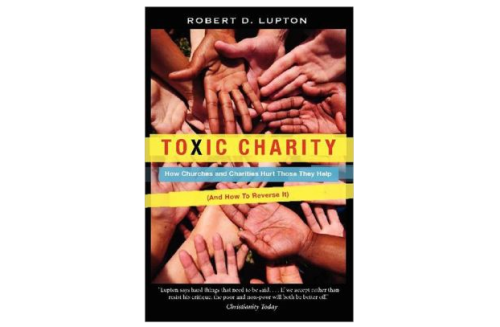
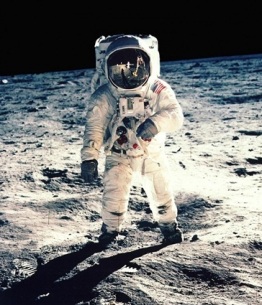
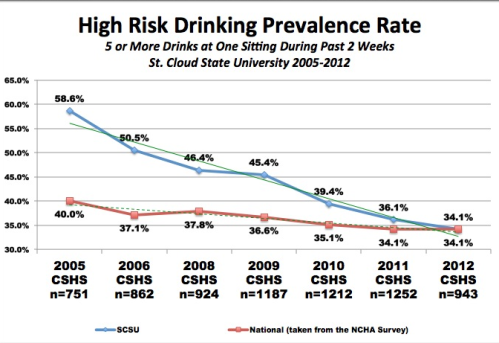


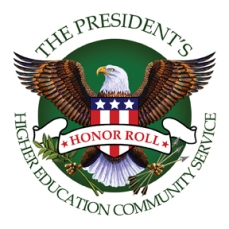

 ation (NDDC), Northfield Marriage Amendment Opposition, Northfield Anaerobic Digester, and an independent study on job creation in Northfield. Will says, “[Public policy] is exactly what I want to do when I graduate. I’m using this to build a repertoire of passion, strengths, skills, and experience in order to tackle the larger world head on.”
ation (NDDC), Northfield Marriage Amendment Opposition, Northfield Anaerobic Digester, and an independent study on job creation in Northfield. Will says, “[Public policy] is exactly what I want to do when I graduate. I’m using this to build a repertoire of passion, strengths, skills, and experience in order to tackle the larger world head on.”
 Students are involved in many outreach programs that promote community engagement as it relates to Morris’ core values of sustainability. For example, the University of Minnesota Morris has programs such as the
Students are involved in many outreach programs that promote community engagement as it relates to Morris’ core values of sustainability. For example, the University of Minnesota Morris has programs such as the 
